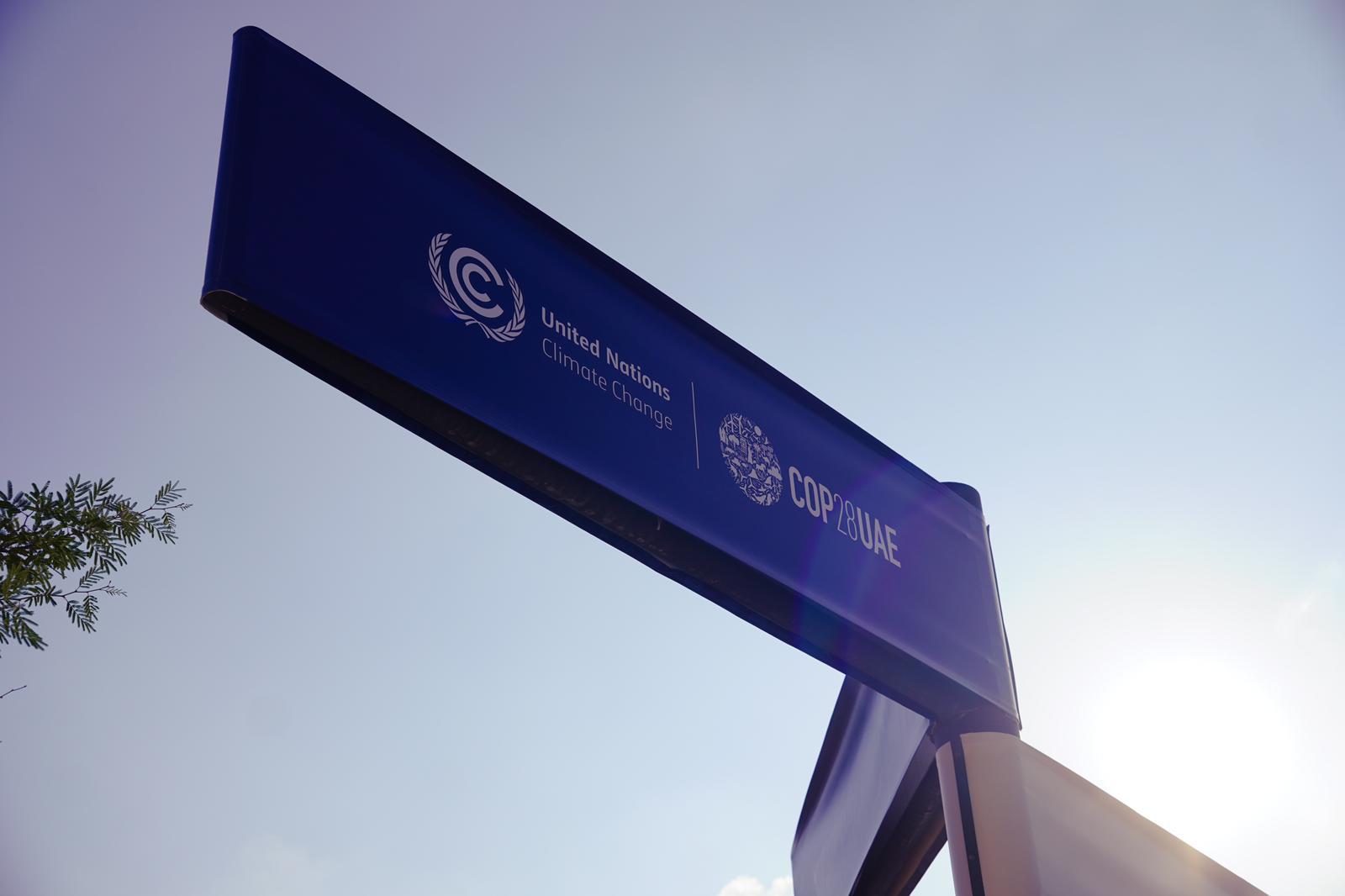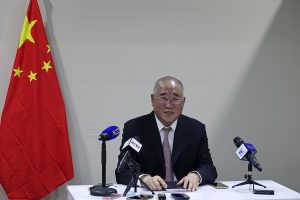This year’s United Nations climate change conference, COP28, is expected to be the last for China’s climate envoy Xie Zhenhua. It will by no means be an easy year with highly contentious issues on the agenda, notably a Loss and Damage Fund. Despite softening relations between the United States and China dominating headlines, these two major players may be sitting on opposite sides of the negotiating table at COP28.
The release of a U.N. review of the Nationally Determined Commitments (NDCs) shows the countries of the world are failing to address the climate crisis, causing U.N. Executive Secretary of Climate Change Simon Stiell to warn that “we are severely off track.” At this year’s COP, like many of its predecessors, calls for ambitious action – especially on climate financing – remain a top priority for many communities facing the reality of rapid climate destabilization.
With 2023 on track to be the hottest year on record and the more-than-likely prospect of the 1.5 degrees Celsius threshold being crossed by the close of the decade, on top of a catastrophic 2.9 degrees C predicted rise in average temperature by the end of the century, these warnings are dire.
However, consensus (essential for action under the U.N. Framework Convention on Climate Change) remains distant, with little to offer besides stalling and gridlock.
China and the United States are key to addressing the climate crisis. Not only do the two countries account for almost 40 percent of greenhouse emissions, but they also have an outsized influence on other countries. That means Xie and his counterpart, U.S. climate envoy John Kerry, are uniquely placed to negotiate deals.
Going into COP28, China’s strategy appears to take a middle path, wanting simultaneously to continue its emissions-intensive economic activity, fending off calls to phase out coal while also demonstrating its attentiveness to the concerns of Global South countries.
On the domestic front, the central government in China struggled to keep its signature climate targets a top priority, with attention overshadowed by an economic downturn coming in the wake of its zero COVID policies.
In addition to domestic headwinds, the relationship between China and the United States has plummeted amid escalating tensions in recent years. Yet despite this, as the relationship has warmed with bilateral meetings, climate action has become a safe touchstone for the two nations. This has led some observers into a timid optimism for a breakthrough at COP28 – or at least not a complete failure like some years past.
Talks earlier this month in California coordinated by Xie and Kerry bore fruit with a joint statement pledging to increase renewable energy capacity, find a middle ground on fossil fuels and resume the bilateral climate working group, among other efforts. That set some positive momentum heading into the main event: COP28.

A sign at COP28 Dubai. Photo by Sacha Shaw.
Much of the discussion at the U.N. climate change conference this year will focus on fleshing out pledges to create a Loss and Damage Fund. Such a fund will recognize that as the climate changes, communities are experiencing and will continue to experience devastating impacts, which they cannot avoid and to which they cannot adapt. The Loss and Damage Fund, somewhat distinct from mitigation and adaptation measures, funnels climate finance to address specific impacts of the climate crisis, be it flooding or the devastating effects of sea-level rise on low-lying countries in the Pacific. However, the exact form of the Fund will be subject to the negotiations at COP28.
The Loss and Damage Fund has simmered in the background of many preceding COPs, kept just off the formal agenda for over 30 years. However, last year’s COP in Egypt broke ground, setting up a committee to operationalize the Fund for COP28 – importantly supported by China despite groans from Global North countries, especially the United States.
If adopted by members, a Loss and Damage Fund will be the headline achievement at COP28. Yet, the negotiations of the transitional committee have set a doubtful tone for the Fund’s success, or at least one hoped for by many Global South countries.
The transitional committee initially agreed to meet four times in the lead-up to COP28. However, the failure to achieve an outcome at the fourth meeting caused the co-chairs of the negotiations to table a take-it-or-leave proposal at an emergency fifth meeting.
By some accounts, it was a “nail-biting” confrontation that left the United States isolated – alone and refusing to compromise. The U.S. delegation eventually left the room for the decision to be passed in their absence.
In the political aftermath of the meeting, the U.S. team conceded to the consensus. However, with Kerry’s public statements fiercely distancing the United States from any form of climate reparations, and China’s support for the Fund, many observers will be closely watching how Xie Zhenhua will finesse his COP swan song.

































